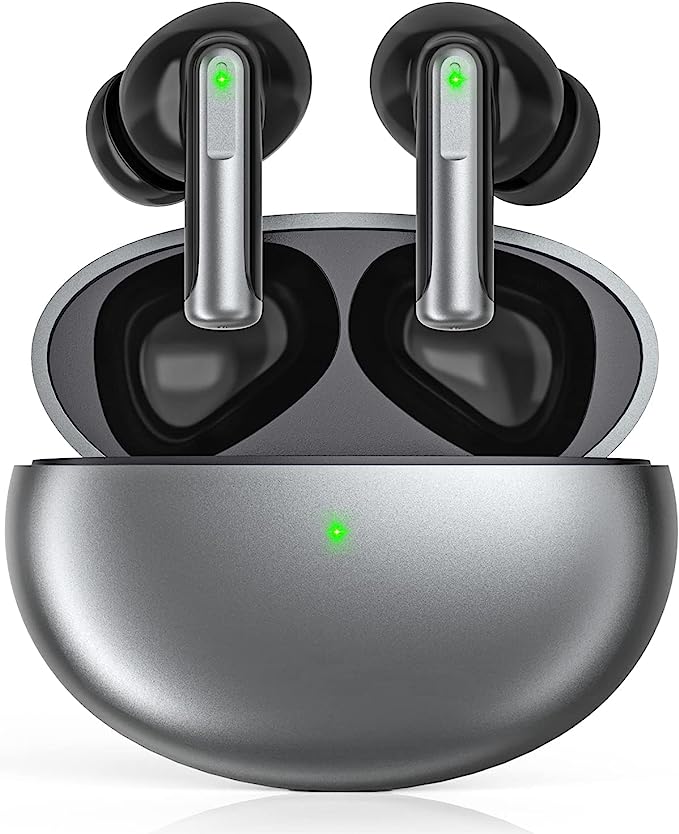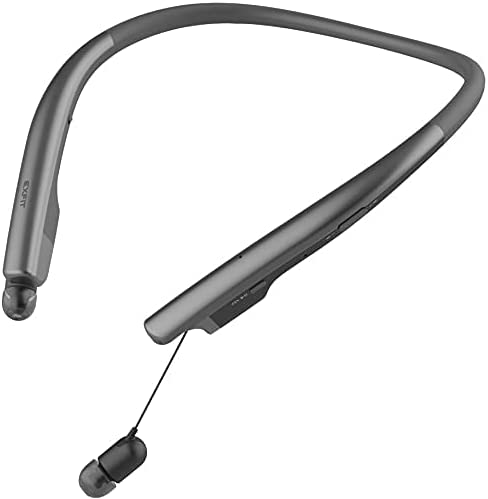PPD Hair Dye Allergy: Symptoms, Risks, and How to Perform a Patch Test
Update on Oct. 14, 2025, 6:21 p.m.
This phrase, pulled from a consumer review of a popular hair dye shampoo, is more than just a complaint; it’s a distress signal. It’s echoed in countless other reviews detailing experiences of “allergic reactions,” “a chemical burn,” and severe itching. These are not the hallmarks of a simple cosmetic disagreement. They are the clinical language of an immune system in revolt. The culprit behind many of these alarming reactions is a small but potent molecule, a cornerstone of the permanent hair dye industry named p-Phenylenediamine, or PPD. While responsible for creating rich, lasting black and brown shades, PPD is also a notorious skin sensitizer, so much so that the American Contact Dermatitis Society named it “Allergen of the Year” in 2006. The “natural” or “gentle” marketing of many modern dyes can create a dangerous illusion of safety, lulling users into skipping the one procedure that can prevent a medical emergency: the allergy patch test. Understanding the science behind PPD allergies isn’t academic; it’s an essential act of self-preservation in the world of at-home hair color.

Your Immune System’s Misunderstanding: The Science of a PPD Allergy
Why can a product be used safely for years, only to suddenly trigger a severe reaction? The answer lies in the unique way our immune system learns to identify threats. A PPD allergy is a classic example of Type IV delayed-type hypersensitivity, a sophisticated defense mechanism gone awry.
Here’s how it works: PPD itself is too small a molecule (a hapten) to be recognized by the immune system. However, its small size allows it to easily penetrate the outer layer of the skin. Once inside, the oxidation process—the same chemical reaction that creates color in the hair—transforms PPD into a highly reactive intermediate. This reactive molecule then acts like a key looking for a lock, permanently binding to the body’s own skin proteins. This new PPD-protein complex is now large enough to be recognized by specialized immune cells (Langerhans cells) as a foreign invader. These cells process the “invader” and present it to the T-cells, the soldiers of the immune system.
This first exposure is the sensitization phase. You won’t have a reaction. Your body is simply, and silently, learning to recognize this new enemy. With each subsequent exposure to PPD, the sensitized T-cells are reactivated. They multiply and release inflammatory chemicals called cytokines, which cause the blood vessels to dilate and summon other immune cells to the area. This is the elicitation phase, the full-blown allergic reaction that manifests as contact dermatitis. It’s “delayed” because this cellular recruitment process takes time, typically peaking 48 to 72 hours after exposure. This is why a reaction might not appear immediately after you rinse out the dye, and why a quick patch test of only a few hours is dangerously insufficient.
Recognizing the Red Flags: Symptoms of a PPD Reaction
The clinical symptoms of a PPD allergy align perfectly with the adverse reactions reported by users. It’s crucial to recognize them, as they can range from uncomfortable to life-threatening.
- Mild Reactions: These are the most common and often occur on the scalp, hairline, neck, forehead, or eyelids (due to transfer). Symptoms include:
- Redness (erythema)
- Intense itching (pruritus)
- A stinging or burning sensation
- Scaling or flaking skin
- Moderate to Severe Reactions: This indicates a more intense immune response.
- Significant swelling (edema), particularly around the eyes and face
- Blistering or the formation of weeping, oozing vesicles
- Cracking and crusting of the skin
- Systemic Reactions (Rare): In very rare cases, the reaction can become systemic, affecting the whole body. This is a medical emergency requiring immediate attention. Symptoms can include respiratory distress, swelling of the tongue, and anaphylaxis.
A crucial related risk is cross-sensitization from “black henna” temporary tattoos. These are not made from true henna but from a paste containing dangerously high concentrations of PPD to create a fast, dark stain. A blistering reaction to a black henna tattoo is a near-certain indicator that you have been sensitized to PPD and MUST avoid all PPD-containing hair dyes.

The Non-Negotiable Safety Net: Your 48-Hour Patch Test
Given the severe potential risks and the delayed nature of the reaction, the allergy patch test is not an optional suggestion; it is a critical, non-negotiable safety protocol. The U.S. Food and Drug Administration (FDA) specifically mandates that coal-tar hair dyes, which include PPD products, provide instructions for this test. This is because these products are largely exempt from pre-market approval, placing the burden of safety squarely on the user.
Performing this test correctly before every single application is the only reliable way to know if you have developed a sensitivity. A previous negative test is no guarantee for the future.
The Correct Protocol for a 48-Hour Skin Allergy Patch Test:
- Select a Test Area: Choose a small, discreet patch of clean, dry skin, about the size of a quarter. The inner bend of the elbow or the area behind the ear are standard.
- Prepare the Product: Mix a very small amount of the colorant and developer, just as you would for application. For a single-bottle product, simply use the product as is.
- Apply: Using a cotton swab, apply a thin layer of the dye mixture to the test area. Do not wash it off.
- Wait and Protect: Allow the test area to remain untouched, uncovered, and dry for a full 48 hours. Do not scrub the area when you shower. The immune system needs this time to mount a response.
- Observe Diligently: Throughout the 48-hour period and at its conclusion, carefully examine the test area. Look for any signs of an adverse reaction: redness, itching, swelling, rash, blistering, or burning.
- Interpret the Result:
- If you see ANY reaction, however mild: Wash the area immediately with mild soap and water. Do not use the product on your hair under any circumstances. You have a hypersensitivity.
- If you see no reaction after 48 hours: The risk of an allergic reaction during application is significantly lower, though not entirely zero. You may proceed with the hair coloring process.
The marketing of products as “natural,” “herbal,” or “gentle” creates a direct and dangerous conflict with this protocol. By fostering a false sense of security, these claims may implicitly discourage users from performing a test they perceive as necessary only for “harsh chemicals.” This makes the misleading marketing not just deceptive, but potentially hazardous, as it directly undermines the most critical safety measure available to the consumer. Your health is more important than any marketing claim. Trust the test, not the label.





























